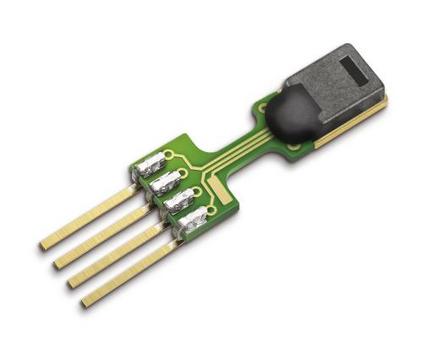In this paper we deal with a practical problem that arises in military mission planning. The problem is to plan a path for one, or more, agents to reach a target without being detected by enemy sensors. Agents are not passive, rather they can initiate actions which aid evasion. They can knockout sensors. Here to knockout a sensor means to completely disable the sensor. They can also confuse sensors. Here to confuse a sensor means to reduce the probability that the sensor can detect an agent. Agent actions are path dependent and time limited. By path dependent we mean that an agent needs to be sufficiently close to a sensor to knock it out. By time limited we mean that a limit is imposed on how long a sensor is knocked out or confused before it reverts back to its original operating state. The approach adopted breaks the continuous space in which agents move into a discrete space. This enables the problem to be formulated as a zero-one integer program with linear constraints. The advantage of representing the problem in this manner is that powerful commercial software optimisation packages exist to solve the problem to proven global optimality. A heuristic for the problem based on successive shortest paths is also presented. Computational results are presented for a number of randomly generated test problems that are made publicly available.
翻译:在本文中,我们处理的是军事飞行任务规划中出现的一个实际问题。 问题在于为一个或更多的代理人规划一条路径, 以便达到一个目标而不被敌国传感器探测到。 代理人不是被动的, 而是他们可以启动援助规避的行动。 他们可以击倒传感器。 在这里, 击倒传感器可以完全禁用传感器。 它们也可以混淆传感器。 这里混淆传感器可以降低传感器检测一个代理人的概率。 代理人行为取决于路径, 时间有限 。 路径取决于我们的意思是, 代理人必须足够接近传感器, 才能把它击倒。 时间有限, 我们意味着在传感器恢复到最初的运行状态之前, 限制传感器被击倒或混乱的时间。 所采用的方法可以打破传感器移动到离散空间的连续空间 。 这样可以将问题发展成一个带有线性限制的零一整数程序 。 以这种方式代表问题的好处是, 强大的商业软件优化软件包能够解决问题, 以证明全球最佳性 。 时间有限时, 我们的意思是, 在传感器恢复其原来的最短的路径上, 对问题施加了限制。 也公开提出了随机测试结果 。



